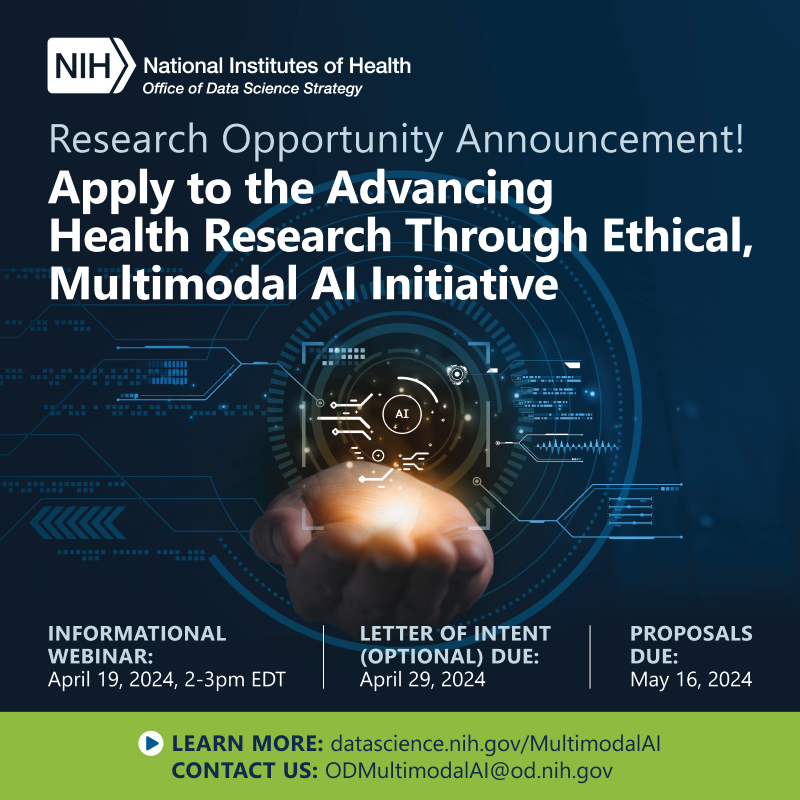Leaving Community
Are you sure you want to leave this community? Leaving the community will revoke any permissions you have been granted in this community.
HuBMAP Inaugural Data Release on September 1, 2020!
Here is the information from HuBMAP (the Human BioMolecular Atlas Program):
"
HuBMAP Data is Now Live at: portal.hubmapconsortium.org
HuBMAP (the Human BioMolecular Atlas Program) is proud to announce its inaugural data release of detailed, 3D anatomical data and genetic sequences of healthy tissues. Explore and visualize the available data through interactive tools developed by the Consortium via a public portal interface.
Data and tools generated by the consortium are intended for use by the broad research community. Biologists, computational researchers, educators, experimentalists, technology developers and many more audiences can glean real-world applications from the available data.
Common Coordinate Framework: HuBMAP’s ultimate goal is to provide the framework required for scientists to create a 3D atlas of the human body. The Common Coordinate Framework maps the locations of kidney and spleen samples against a human reference image. The CCF makes it possible to uniquely and effectively define and name any location in the human body. Multiple assay types are available to interact with for each reference organ.






